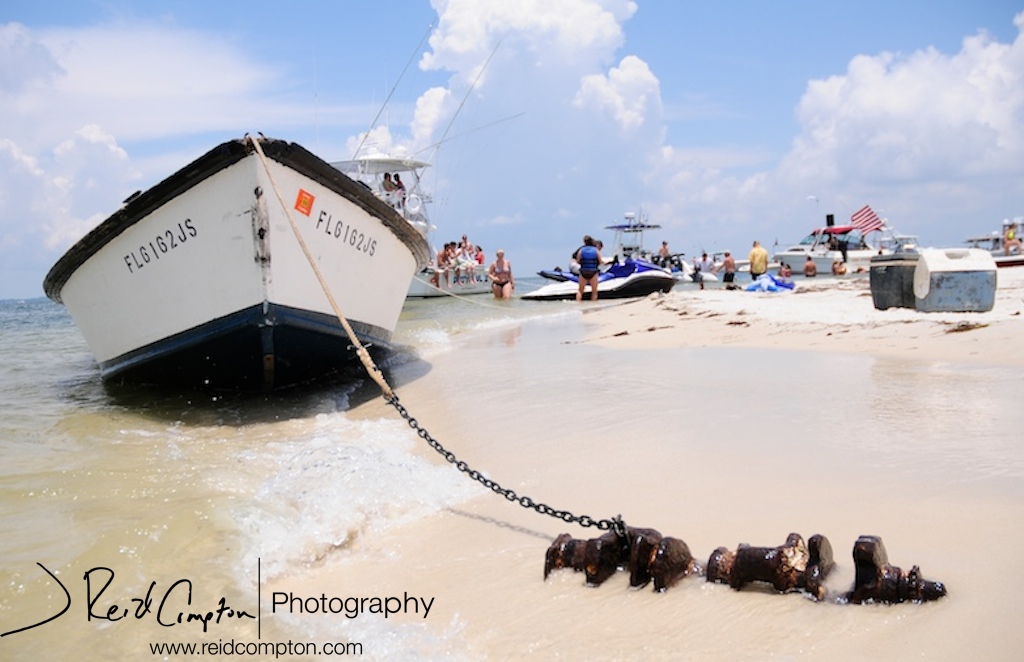Welcome to Cranskshaft Anchors
Driving around in your boat all day is great, but there is going to come a time when you would like to stop. Imagine that at that time, you're not near a dock, tree, rock, or navigational aid to which you could easily tie yourself. If there were only some piece of crap that you could throw overboard with a rope tied to it that would allow you to stick in one place! Well, it's called an anchor, silly.

Your Lifeline
It's one thing to throw some piece of crap overboard and hope that you don't blow away with the tides. It's quite another to lower that crap with the confidence that your family is safe in the arms of Neptune's ample bosom. That's where Crankshaft Anchors comes in. Most anchors, with their smooth surfaces and "engineered" points and flukes, will slide around the ocean floor like buttered cats. The next thing you know, your boat is up the creek and, oh, you don't even have a paddle. Surprise. Get a Crankshaft!
A Gnarly Approach
No one knows what the bottom of the ocean looks like. It could be made of sand; like land, but noticeably wet. It could be made of turtle shell, or a firm cheese, or ice. Some anchor manufacturers will tell you that their anchors will keep you stuck regardless of the type of bottom, but we at Crankshaft are certain of two things: the unknown and friction. A smooth "forged" or "purpose built" anchor is bound to have a lower coefficient of friction (this is a scientific term) than a gnarled rusty crankshaft. But don't take our word for it:
"Come on now,
Who do you, who do you, who do you, who do you think you are?
Ha ha ha, bless your soul,
You really think you're in control?"
- Cee Lo Green on gnarled anchoring
Technique
In a lot of ways, blaming your anchor when you float away is like James Fenimore Cooper blaming his quill for all of those books. An anchor without a rope won't hold you at all, and preferably, there should be a portion of chain between the anchor and the rope. Together, these are described in the past-tense as "rode." The amount of rode that is unleashed depends on wind, weather, and currents, which can be interpreted by experienced mariners. Sailors generally attempt to create a 7:1 ratio between the length of their rode and the depth of the water and use an anchor appropriately sized for their boat. Powerboaters notoriously make do with much smaller Crankshafts.
